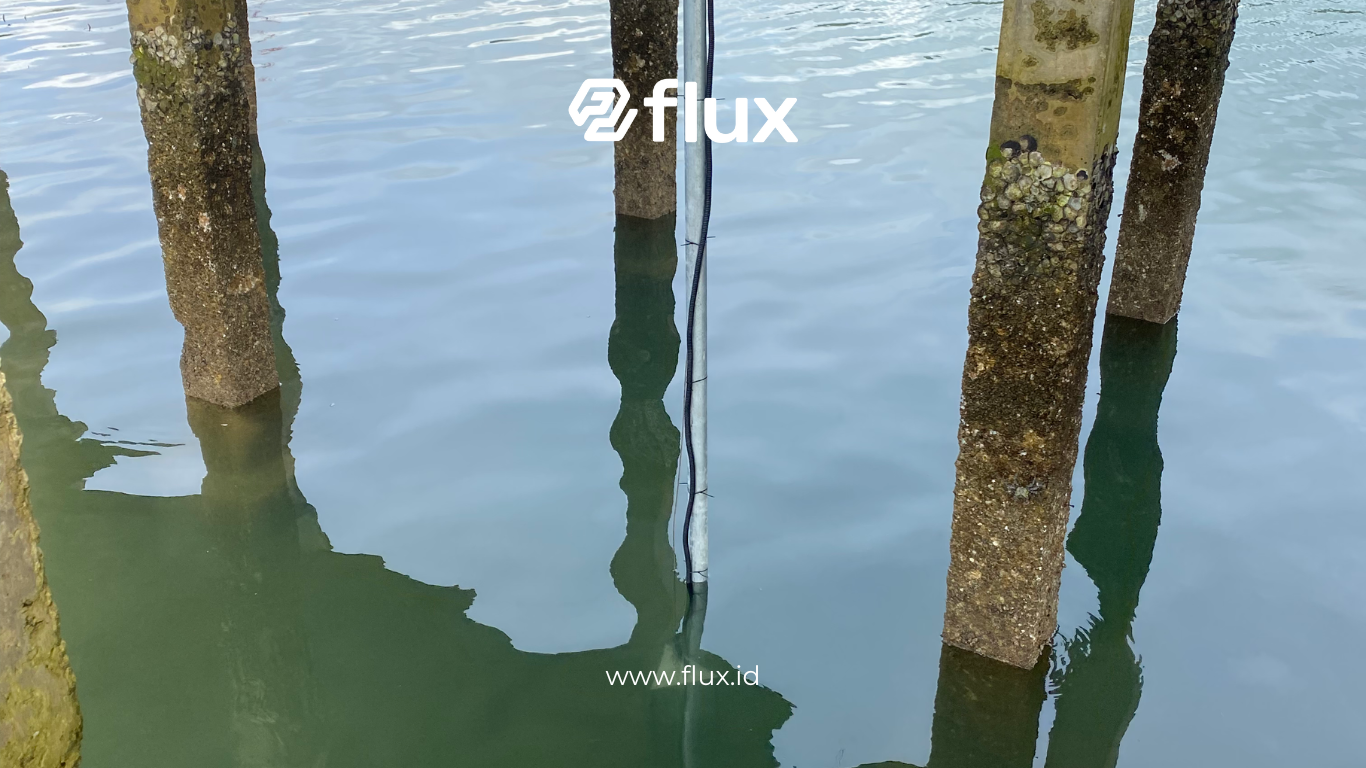Don't miss our holiday offer - 20% OFF!
Water quality management is a crucial issue in many regions across Indonesia, especially in areas heavily dependent on water resources for domestic and industrial purposes. Ambon, which faces significant challenges in clean water management due to urbanization, climate change, and water pollution, now has a state-of-the-art solution. PT Nocola IoT Solution, a technology company specializing in the Internet of Things (IoT), has recently completed the implementation of a Water Quality Monitoring System (WQMS) in Ambon. This system aims to enhance efficiency and accuracy in managing water quality.
This article explores the journey behind this project, the core functions of WQMS, its unique features, and its significant impact on Ambon’s community. We will also highlight the potential for similar developments in other regions across Indonesia.
Contents
The Story Behind the WQMS Project in Ambon
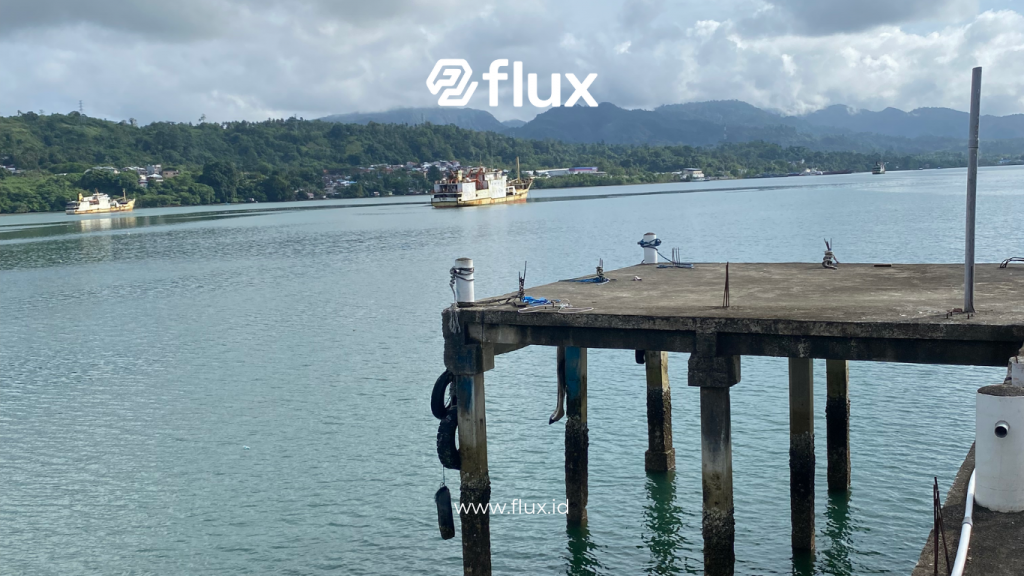
Read More: Underwater Realm: Acoustic Sensors and Water Threat Detection
1. Background of the Project
Ambon has long faced serious challenges in water management due to increasing urbanization, climate fluctuations, and pollution. Recognizing the urgent need for a solution, the local government sought a reliable system for real-time water quality monitoring. PT Nocola IoT Solution was entrusted with the task of developing a robust and effective WQMS tailored to the region’s unique needs.
2. Project Implementation Process
The project began with an in-depth survey of strategic locations across Ambon to identify technical and operational requirements. PT Nocola collaborated closely with local agencies to ensure the system was compatible with Ambon’s geographical and social conditions.
Over six months, the team designed and installed a fully integrated WQMS equipped with advanced IoT devices and AI-powered analytics. This allowed the system to generate automatic water quality reports and insights.
3. Outcome and Success
After its implementation, the WQMS in Ambon has successfully delivered accurate, real-time water quality data. The system has significantly improved decision-making processes for water resource management, particularly in preventing contamination and addressing water scarcity.
Core Functions of the Water Quality Monitoring System (WQMS)
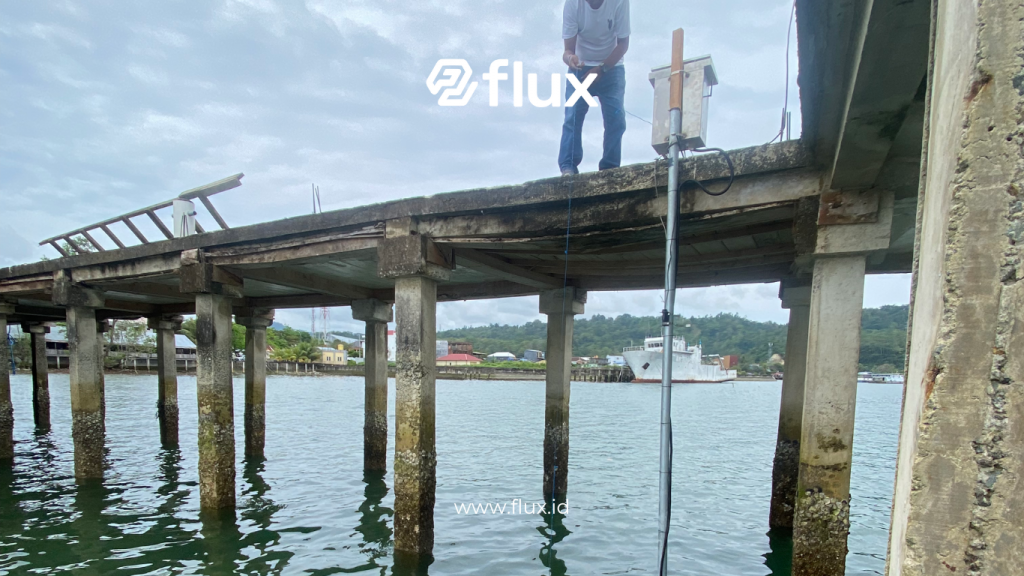
Read More: Oxygen (O2) Sensors for Air Quality Monitoring: How These Sensors Help Manage Urban Air Quality
1. Real-Time Water Quality Monitoring
One of the primary functions of the WQMS is providing live data on water quality. This capability enables local governments and related agencies to monitor water conditions continuously, without the need for time-consuming manual inspections.
2. Early Detection of Water Pollution
Equipped with advanced sensors, the WQMS can detect changes in water parameters, such as pH, temperature, dissolved oxygen levels, and the presence of contaminants. It sends early alerts when pollution is detected.
3. Operational Efficiency Improvement
By automating data collection, the WQMS reduces the need for manual sampling. This not only saves time but also conserves resources.
4. Data-Driven Decision Making
The WQMS gathers data that is processed into comprehensive reports, enabling detailed analysis and forecasting, such as predicting pollution trends or assessing future water demand.
Key Features of the Water Quality Monitoring System (WQMS)
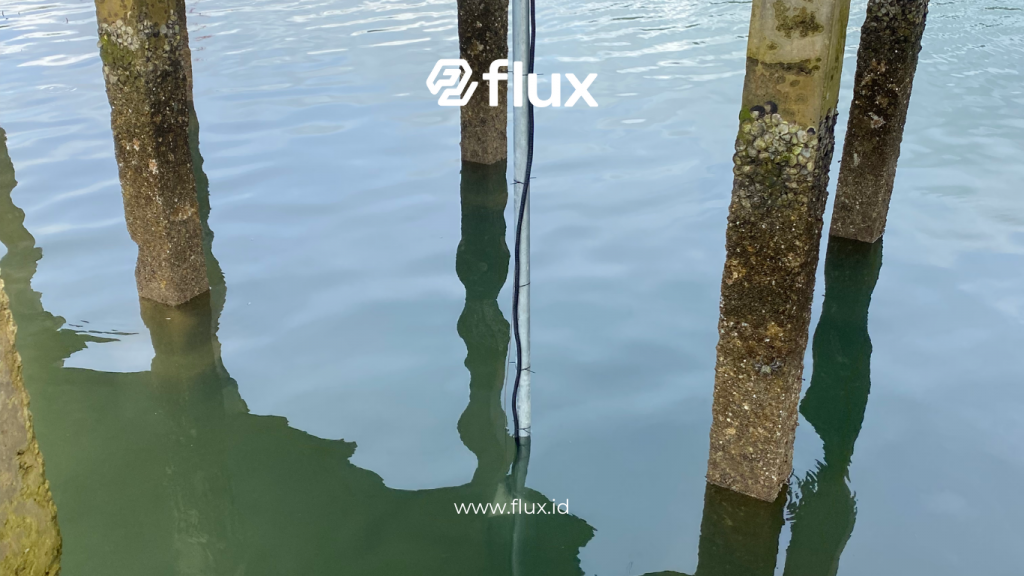
1. Advanced Sensors with High Precision
The WQMS is equipped with multi-parameter sensors capable of measuring various water quality indicators, such as:
- pH levels
- Dissolved Oxygen (DO)
- Conductivity
- Turbidity
2. IoT Integration
All devices are connected via IoT networks, allowing automatic data transmission to a centralized server.
3. Interactive Dashboard
The WQMS provides a user-friendly dashboard, enabling stakeholders to visually monitor real-time data through computers or smartphones.
4. AI-Driven Data Analysis
Artificial intelligence is integrated to provide predictive analytics, such as identifying pollution patterns or monitoring long-term water quality trends.
5. Automatic Alerts
The system sends automatic notifications to authorities when water quality parameters exceed safe thresholds.
Impact of WQMS Implementation in Ambon
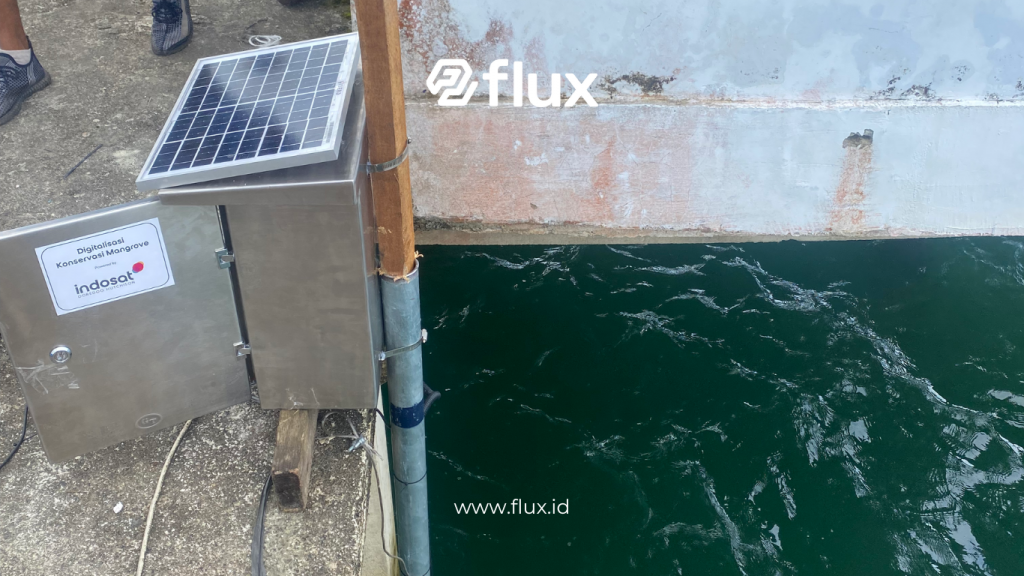
Read More: Water Pressure Sensor: Boosting Tsunami Warning Reliability
1. Enhanced Availability of Clean Water
With more accurate monitoring, local authorities can manage clean water supplies more efficiently, ensuring availability for residents and industries.
2. Pollution Prevention
Early detection capabilities enable quicker preventative actions to reduce pollution risks.
3. Empowering the Community
With transparent data, communities can better understand water conditions in their area and actively participate in preserving water quality.
Conclusion
The WQMS project in Ambon, executed by PT Nocola IoT Solution, exemplifies how IoT technology can provide practical solutions for managing water resources. This system not only assists local authorities in water quality management but also delivers direct benefits to the community.
The success of this project paves the way for similar implementations across other regions in Indonesia. Through continuous innovation, PT Nocola IoT Solution is committed to delivering impactful technological solutions for society and the environment.


